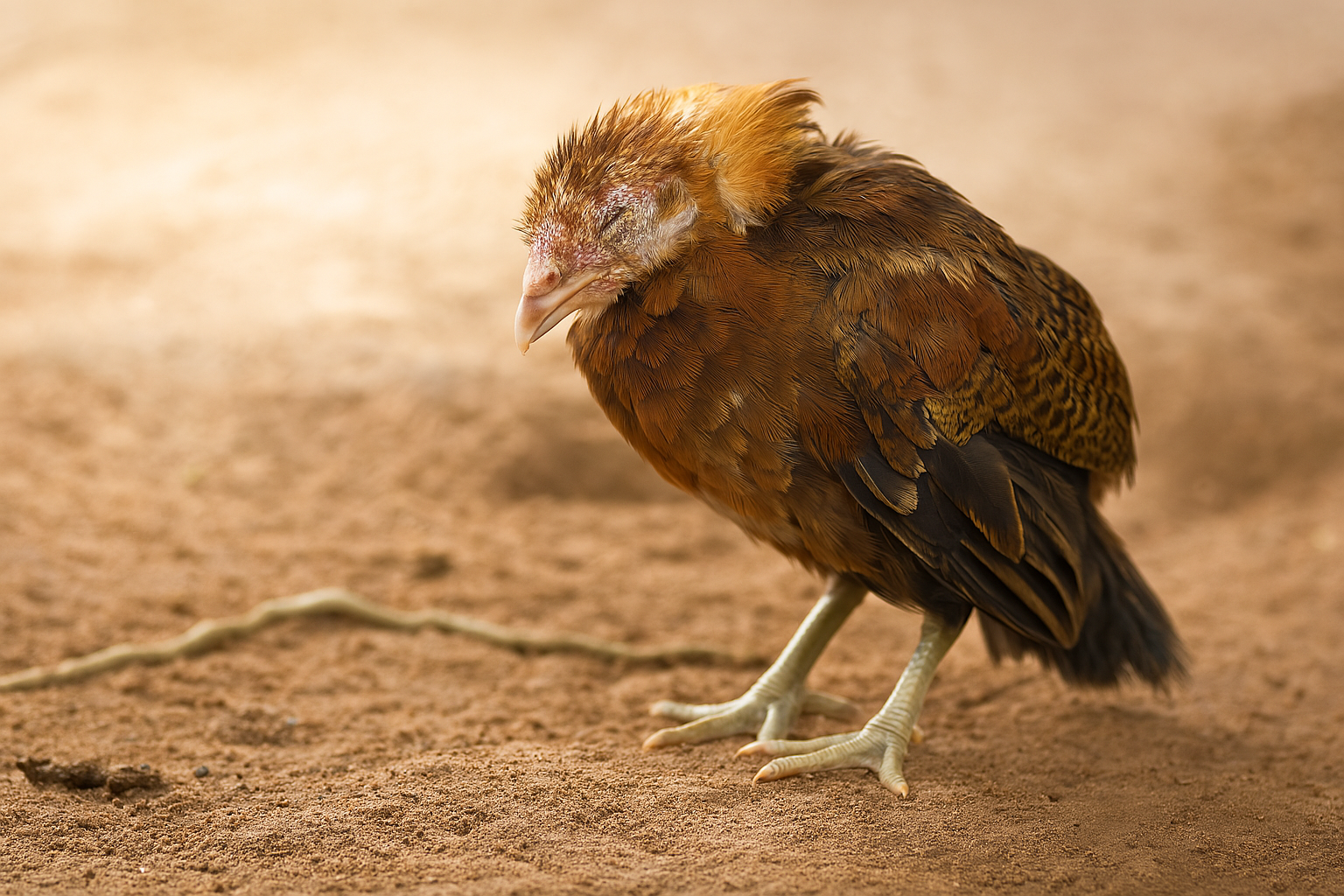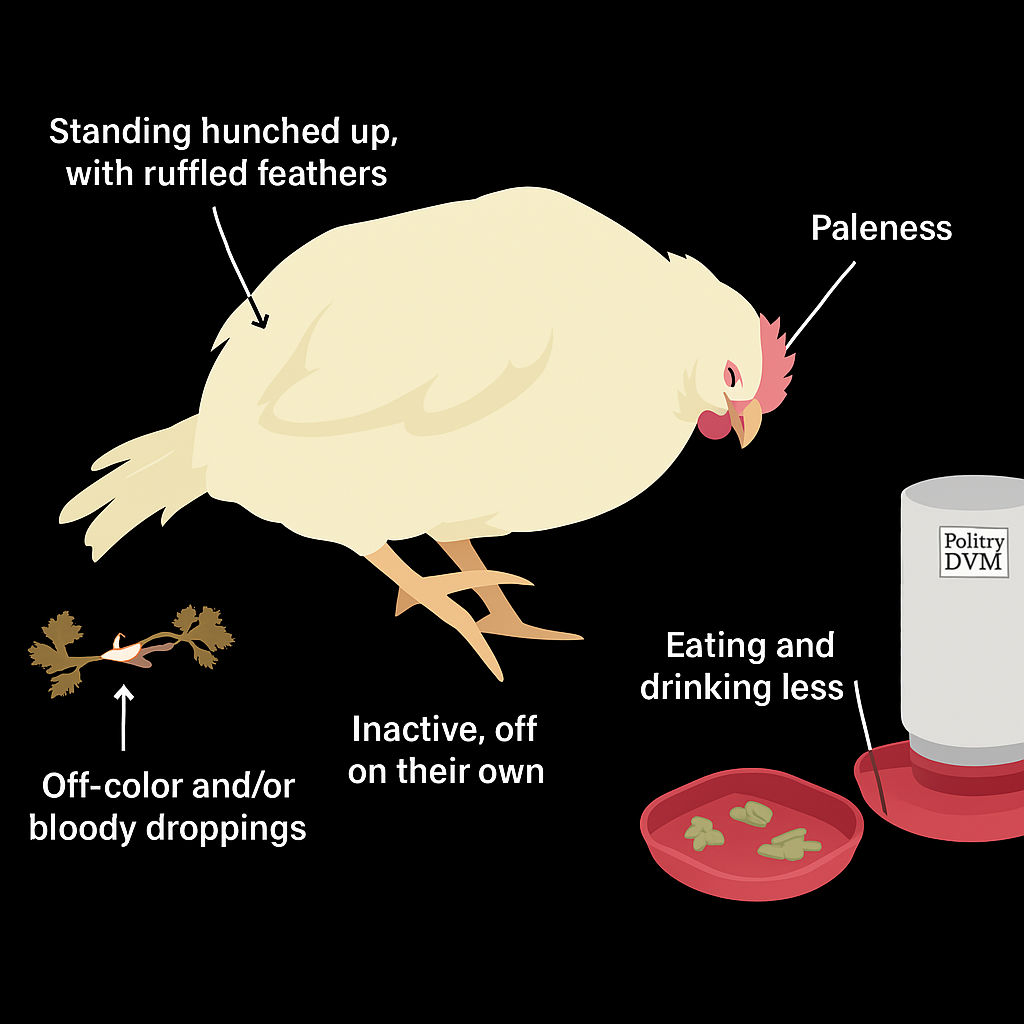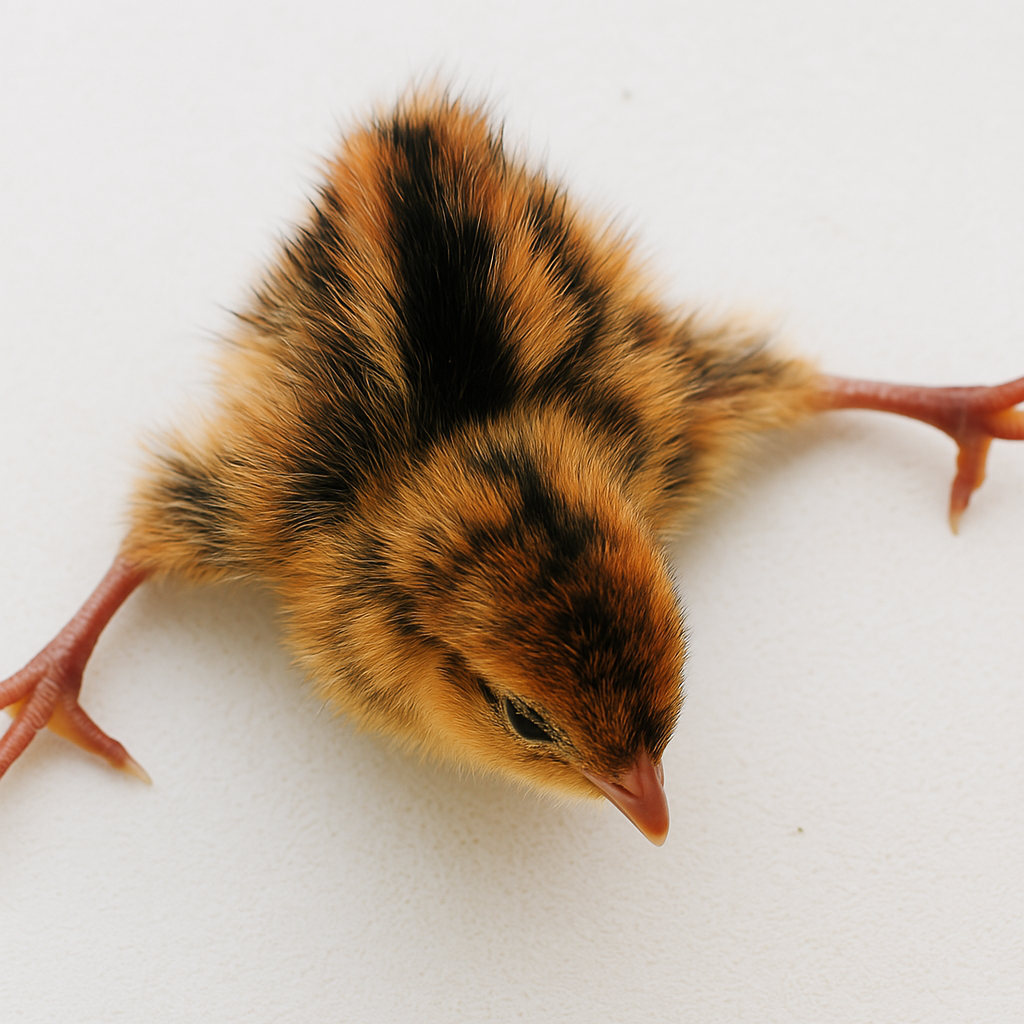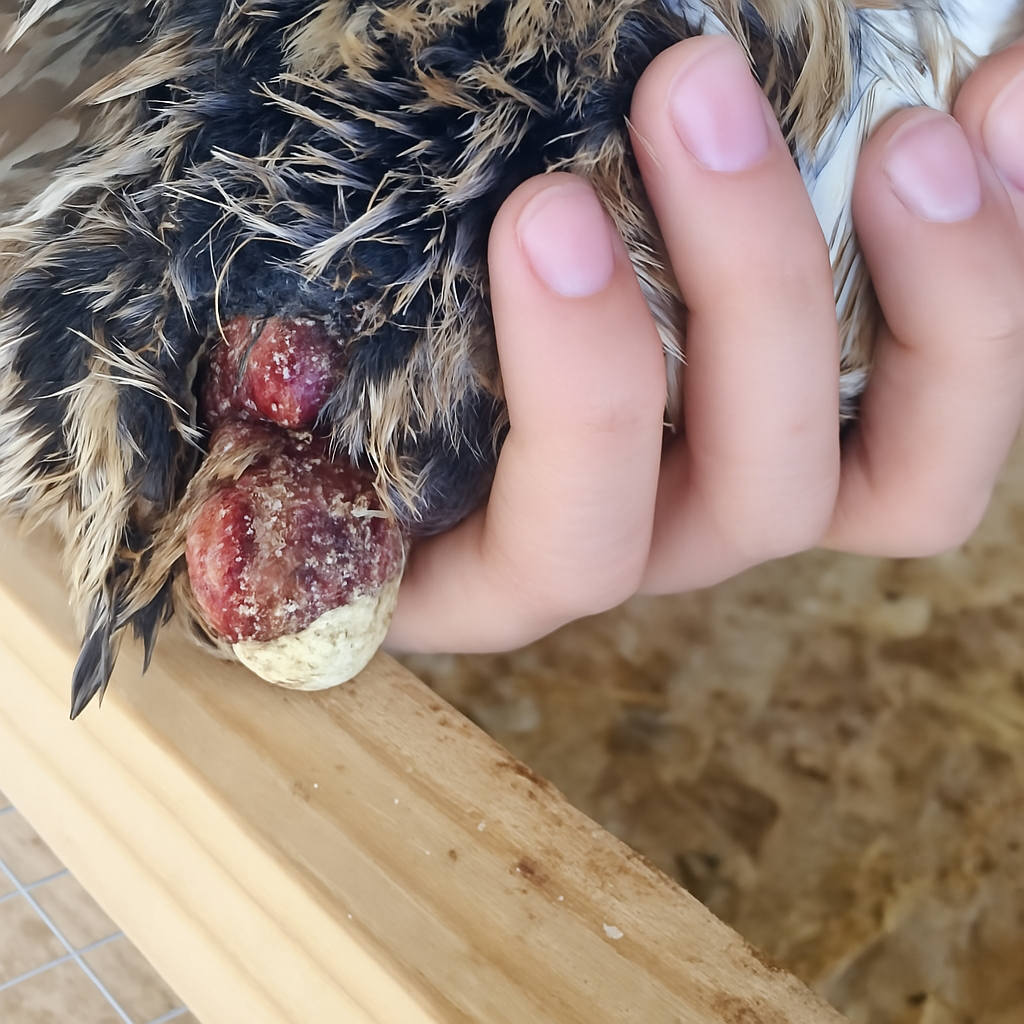Coccidiosis

Coccidiosis is an intestinal disease caused by protozoan parasites of the genus Eimeria. In quail, as in other poultry species, the disease can lead to diarrhea (sometimes bloody), weight loss, reduced feed intake, and high mortality if left untreated. Because there are several strains that affect quail (for example, Eimeria lettyae, E. dispersa, and E. coloni), treatment must be tailored accordingly.
Treatment Options (Anticoccidial Drugs:)
Monensin and Salinomycin
These ionophores are approved for treating coccidiosis in quail. They act by disrupting the cell membranes of the parasites and are generally more effective than thiamine analogs like amprolium in quail. Studies and forum discussions among quail producers indicate that amprolium (or products like Corid) are less effective for these specific strains.
Toltrazuril
Although more commonly used in chickens, toltrazuril (sold as Baycox, for example) may be used in quail. It works by disrupting the nuclear division and development of the parasite at several life stages. However, always follow veterinarian guidance when using this medication because dosage and treatment duration need to be adapted for quail.
Lasalocid and Sulfadimethoxine/Ormetoprim
These drugs have also been used in game birds and can be appropriate for quail under veterinary advice.

Supportive Care
Hydration and Nutrition:
Infected birds may become dehydrated. Provide fresh water and easily digestible feed to support recovery.
Stress Reduction
Isolate affected birds if necessary and ensure the environment is warm and clean.
Environmental and Management Practices
Sanitation
Thorough cleaning and disinfection of cages, litter, feeders, and waterers can help remove oocysts from the environment.
Prevent Overcrowding
Avoid stress and rapid spread of oocysts by maintaining proper stocking densities.

Mites and Lice
Mites and lice are common external parasites in quails. These pests irritate the birds by feeding on their blood, feathers, and skin. Signs of infestation include feather loss, excessive preening, restlessness, and reduced egg production. Mites hide in the quail's environment, while lice live directly on the bird. Regular cleaning, dust baths, and anti-parasitic treatments can help control infestations.
Read more
Splay Leg
Leg splay, also known as spraddle leg, is a condition in quail where a chick's legs splay outward, hindering its ability to stand or walk properly. This issue often arises from factors such as slippery brooder surfaces, improper incubation conditions, or nutritional deficiencies.
Read more
Egg Binding
Egg binding occurs when a female quail is unable to pass an egg. It can be caused by factors such as poor nutrition, lack of calcium, or oversized eggs. Symptoms include lethargy, straining, and swelling near the vent. Immediate veterinary care is often needed to assist with egg passage and prevent complications. Egg binding can lead to potential complications such as infection, internal damage, or even death.
Read more